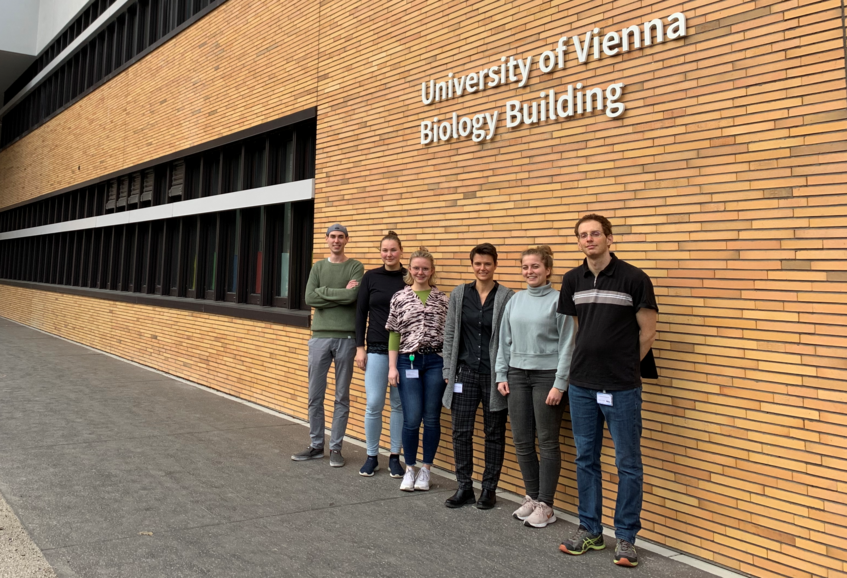Development relies on progressive changes in gene expression as cell clusters, tissues and cell types are determined and differentiate. The cereal endosperm is a complex structure made up of different tissues with distinct cell types. Each cell type has a particular function that is directed by its own unique transcriptome and proteome.
Drought, heat, high salt and low temperature are the most common environmental stress factors that influence plant growth and development, and are major limits on plant productivity in cultivated areas worldwide. Besides altered biochemical pathways, the endomembrane system is affected by abiotic stress. Above all, vacuolar compartmentalization and vesicle trafficking have been reported.
The Endosomal sorting complex required for transport (ESCRT) consists of four subunits 0, I, II, and III and is responsible for endocytic recycling of membrane proteins. Thus we aim to be highly specific by assaying the subcellular ESCRT-III transcriptome and proteome of developing barley endosperm. We are particularly interested to undertake a wide – ranging analysis of the barley endomembrane system in response to drought, heat and salt stimuli. Endocytosis regulating – , ESCRT-III and ESCRT-III interacting proteins will be analysed in response to drought, heat and salt stimuli during barley endosperm development and germination. We use the Leica® Laser microdissection microscope (AS LMD) for spatio – temporal sampling with subsequent gene expression and protein analyses. Thus, we use the AS LMD for subcellular sampling for analyzing the ESCRT-III proteome by LC-MS. Quantitative proteomic studies will include the analyses of different intracellular trafficking processes related to spatio-temporal regulated HvESCRT-III.
We want to perform a multidisciplinary approach for studying the expression profiles in specific cells strengthened by subcellular proteomics: live-cell imaging, RNA and protein studies will generate information on the interacting proteome of ESCRT-III at cellular resolution.


